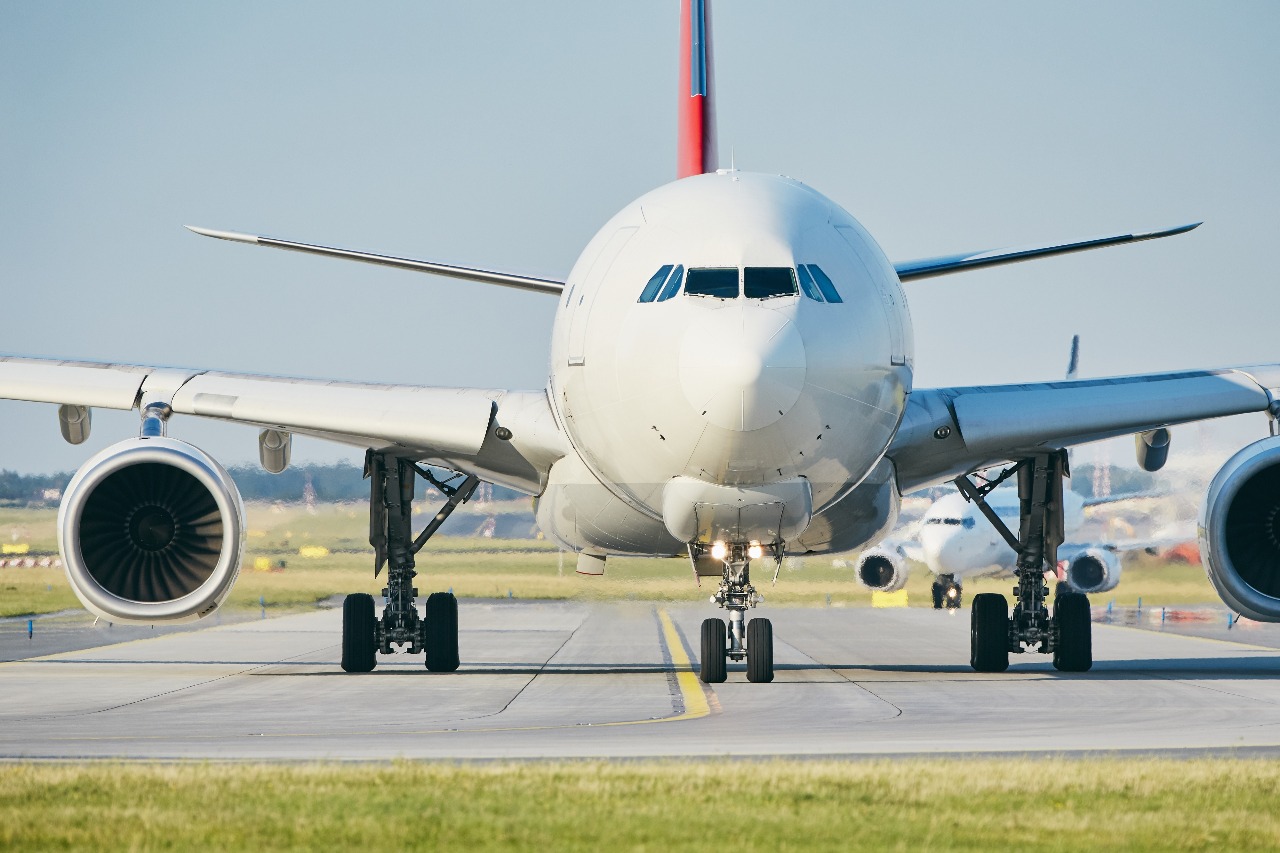As e-commerce reshapes the shipping and logistics space, retailers are relying on air freight for quick and efficient deliveries.
The surging popularity of online marketplaces such as Amazon and Etsy has fundamentally altered the way that consumers seek out products, make purchases, and receive their orders. Indeed, as brick-and-mortar retailers scramble to compete in an economic landscape shaped by online businesses, it’s vital to prepare now for the sustained growth of online retail going forward.
As e-commerce becomes an increasingly popular way to do business for individual consumers and companies alike, experts estimate that over 900 million people will be using online e-commerce platforms to make purchases by 2020. With these sales projected to reach $1 trillion in revenue, brands should ensure that their supply chains are ready to handle surging demand and accommodate customer needs specific to e-commerce.
With a wealth of options to choose from when it comes to fulfilling orders, selecting the right mode of shipping is essential. For more and more e-retailers and their business partners, that mode is increasingly air freight.
Meeting Heightened Demand
According to economists with the International Air Transport Association (IATA), tax cuts and related policy changes in the U.S. have spurred international trade, boosted business, and raised consumer confidence. “Consumers need to get products and this is happening cross-border now,” said IATA chief economist Brian Pearce. “E-commerce is really supporting growth to a much greater extent than before.”
While surging e-commerce markets are promising for businesses, adapting supply chains accordingly is easier said than done. For example, online marketplaces such as Amazon have habituated consumers to one- to two-day shipping options that don’t send them into the red. Likewise, consumers have come to expect accurate tracking information that offers them visibility into the status of their order and last mile delivery solutions that fit their specific needs.
Navigating order fulfillment calls for more than making deliveries faster; it requires carriers and modes of transit that are more intelligent, more integrated, and more cost-effective than ever before.
Air Freight Rises to the Challenge
In 2017, economic growth led air freight cargo to rise by 9.7%. Air freight capacity grew more slowly, meaning that existing planes flew with more cargo — ultimately increasing profits. While capacity has had time to catch up and grow in tandem, market projections still look bullish.
As carriers are adapting to surging demand, businesses throughout the shipping and logistics space are looking to air freight shipping services to meet their e-commerce needs. Indeed, carriers are putting a premium on operation agility and on-demand flexibility.
While many of these updates include advanced digital technology that makes it easier for shippers — and customers — to gain greater visibility into their supply chain, air freight providers are also prioritizing streamlined management practices to improve multi-vendor order consolidation, inland transport pickup, and customs navigation.
E-commerce companies and carriers are banking on air freight’s continued importance in the modern supply chain. Amazon, for example, has recently made significant capital investments in its own air freight infrastructure. The online retail giant has pledged $1.5 billion to Cincinnati/Northern Kentucky International Airport to serve as an essential hub for its Prime Air service, which will eventually host up to 100 aircraft.
How 3PLs and ISPs Can Help
While air freight can be pricey, it remains the fastest way to move goods and maintain tight fulfillment timelines. For e-retailers interested in securing a competitive edge, air freight represents a key part of a successful supply chain.
With that said, navigating the air freight landscape can be challenging for brands that are just emerging into the e-commerce market. Selecting the right carriers and driving value from order consolidation, for example, may be beyond the immediate expertise of more modest businesses. Working with a third-party logistics (3PL) partner or integrated logistics services provider (ISP), however, can provide the necessary expertise to boost ROI and scale with confidence.
As a tried-and-tested shipping and logistics provider, Primary Freight has over 20 years of experience in driving results for businesses of any size and budget. We offer the personalized support and knowledge of a smaller firm, with the expansive resources of a larger industry operation. If you’re curious how air freight can fit into your e-commerce supply chain, Primary Freight is here to help.
To learn more about Primary Freight’s award-winning shipping and logistics services, give us a call today at (800)-635-0013.
